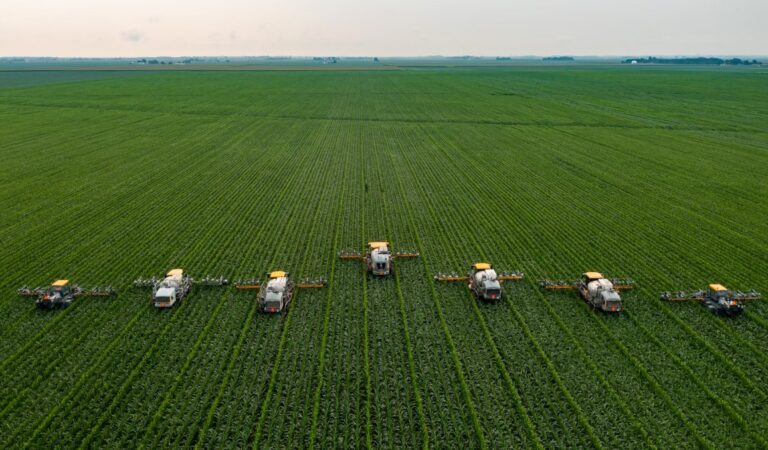Everyone’s heard about carbon footprint, but what’s a food footprint? Let us know all about it in this article. It’s not all about flying; food is, in fact, one of the huge sources of carbon that contribute to our daily lives.
Table of Contents
What is the Food footprint?
The world’s sustenance is food; nobody can live without it. It is human’s source of energy. That said, the growing population and its unfathomable demands have put the food industry and its impact on the environment in jeopardy.
A food footprint is a greenhouse gas impactor, a nuisance just like a carbon footprint that is harmful to the environment. It gauges the impact and ways there are taken to procure and cook food. That involves nurturing vegetables, maintaining grassland for animal grazing, and the land that is required to take in the carbon dioxide emissions from all the energy utilization.
Let’s understand the magnitude of this particular issue by an example: about 48 tons of greenhouse gas is generated by US households alone. Transport, real estate, and food contribute the most; a single household generates about 8 tons of emissions in the world. New reports resurface every year, publishing that agriculture and livestock are the main factors contributing to the emissions.
Foods with the greatest footprints
Carbon footprints of food have increasingly been negative to the environment; with our population growing in the recent past, the availability of limited resources is a threat. In the following section, we will explore a list of foods that possess a considerable ecological footprint and are harmful to the environment:
- Beef: The production and procurement of beef is regarded as highly unethical and environmentally degrading. Livestock farming deforest much of the forest in the feeding process, and that is the main reason for this. The footprint can be in the form of land and water as well. Many studies suggest that about 15000 liters of water are used for a kg of beef;
- Chocolate: The main issue concerning chocolate in this aspect is that if its production is done in a deforested area, then it is trouble for the planet. Additionally, cocoa processing, in a way, takes up a lot of resources;
- Coffee: The world runs on caffeine, but it can also come to an abrupt stop if its consumption continues overwhelmingly. Coffee creates a food footprint as it takes up resources in cultivating, transporting, and processing the seeds;
- Almonds: In the case of almonds, its environmental impact is highlighted as a water footprint; this occurs most often in water-scare areas. Additionally, cultivating almonds is not easy and requires too much irrigation;
- Shrimp: Shrimp farming, mainly in some methods, has the potential to have environmental issues. That includes the destruction of habitat, water pollution, and the overwhelming use of chemicals and antibiotics;
- Soybeans: Soybeans themselves do not possess the ability to cause a hole in the environment, but their production does. Large-scale industries that are into the production of soybeans, which usually happens for livestock feeding, are directly related to deforestation in some areas.
Top 10 tips to reduce food footprint
It is not easy to reduce one’s food footprint all of a sudden. As humans consume food every day, one needs to take mindful steps to prevent excess or waste of food. Here are 10 tips one can follow to make sure they are minimizing their environmental impact:
- Plant-based diets contain minimal levels of ecological footprint, and compared to meat-based food, they need fewer resources like water and land;
- It is important to be mindful of the food wastage. One can plan their food properly and utilize leftovers creatively to prevent excess wastage;
- Single-use plastics cause more environmental pollution than anything else; try using them less;
- Always focus on quality over quantity; try buying less processed food and more organic food;
- Be aware of what is going on in the belly. Choosing sustainably sourced options in food prevents excess food footprint;
- Save water. The scarcity of it has become a global issue;
- It is important to root for local producers and other businesses that prioritize eco-friendly products;
- Save energy. During the time of cooking, consider using solar-powered energy;
- It is crucial to educate oneself and others regarding excess food wastage and the ecological footprint it causes;
- Engage in environmental initiatives and other ecological projects that uphold the significance of reducing carbon and food footprint.
Read more: What is the water footprint: understanding the hidden costs of water use












